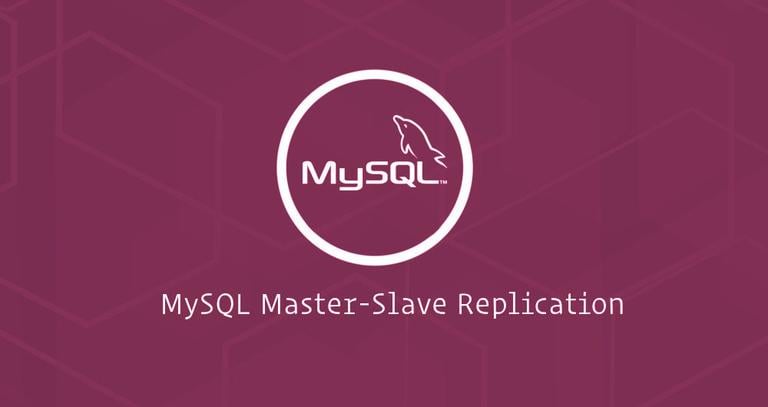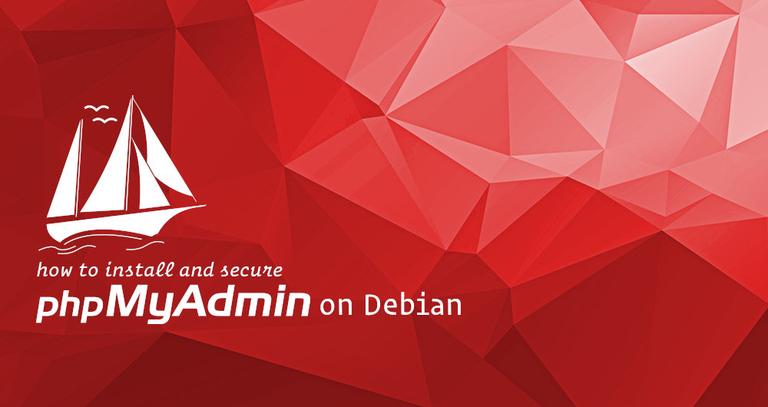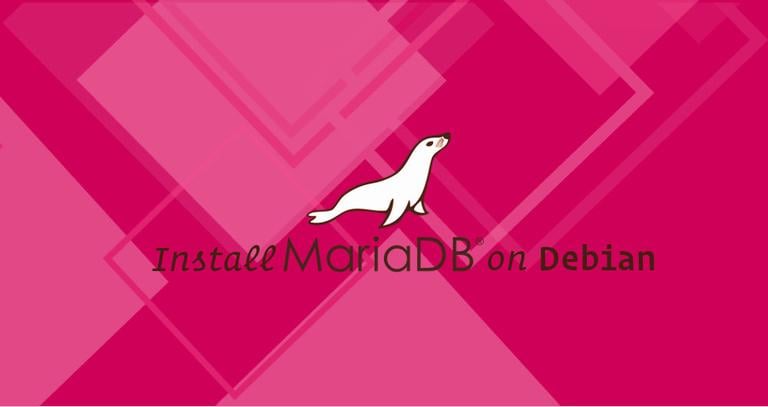How to Install MariaDB on Debian 10
Published on
•3 min read

MariaDB is an open-source, multi-threaded relational database management system, backward compatible replacement for MySQL. MariaDB is the default implementation of MySQL in Debian.
This tutorial explains how to install MariaDB on Debian 10.
Installing MariaDB on Debian 10
At the time of writing this article, the latest MariaDB version available in the Debian repositories is version 10.3.
Perform the following steps as root or user with sudo privileges to install MariaDB on Debian 10:
Start by updating the packages index:
sudo apt updateInstall the MariaDB server and client packages by running the following command:
sudo apt install mariadb-serverThe MariaDB service will start automatically. To verify it check the service status:
sudo systemctl status mariadbThe output should look something like this:
● mariadb.service - MariaDB 10.3.15 database server Loaded: loaded (/lib/systemd/system/mariadb.service; enabled; vendor preset: enabled) Active: active (running) since Thu 2019-07-11 14:36:28 PDT; 19min ago Docs: man:mysqld(8) https://mariadb.com/kb/en/library/systemd/ Main PID: 4509 (mysqld) Status: "Taking your SQL requests now..." Tasks: 30 (limit: 2359) Memory: 78.6M CGroup: /system.slice/mariadb.service └─4509 /usr/sbin/mysqld
Securing MariaDB
MariaDB comes with a script that can help you improve the security of installation. To start the script type mysql_secure_installation in your terminal:
sudo mysql_secure_installationYou will be prompted you to set a password for the root account, remove the anonymous user, restrict root user access to the local machine and remove the test database.
...
Enter current password for root (enter for none):
...
Set root password? [Y/n] Y
New password:
Re-enter new password:
...
Remove anonymous users? [Y/n] Y
...
Disallow root login remotely? [Y/n] Y
...
Remove test database and access to it? [Y/n] Y
...
Reload privilege tables now? [Y/n] Y
...
Thanks for using MariaDB!
If selected, the script will reload the privilege tables ensuring that the changes take effect immediately.
All steps are explained in detail and it is recommended to answer “Y” (yes) to all questions.
Authentication Methods
By default, the MariaDB root user uses the unix_socket authentication plugin which checks the effective user id when calling the mysql client tool.
This means that you can connect to the MariaDB server as root only if you are invoking the mysql command as system root or by prepending sudo to the command.
For increased security, it is recommended to keep the default authentication plugin and allow the root user to authenticates only via Unix sockets.
If you want to change the root authentication to the classic one, log in to the MariaDB server:
sudo mysqlRun the following statements to change the authentication plugin:
ALTER USER 'root'@'localhost' IDENTIFIED VIA mysql_native_password;
ALTER USER 'root'@'localhost' IDENTIFIED BY 'your_root_passwd';
You can now connect to the MariaDB server using the new password:
mysql -u root -pChanging the authentication plugin will also allow you to log in as root from an external program such as phpMyAdmin.
Conclusion
In this tutorial, we’ve shown you how to install and secure MariaDB on a Debian 10 server.
If you want to install MySQL check this article .
This post is a part of the How to Install LAMP Stack on Debian 10 series.
Other posts in this series:


